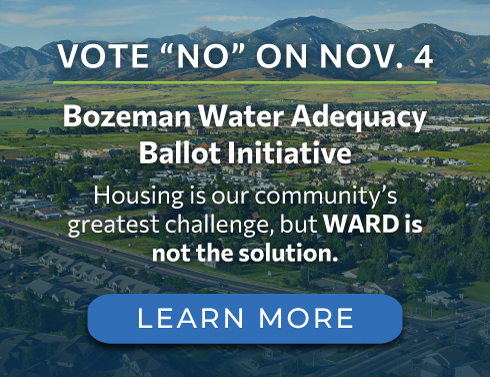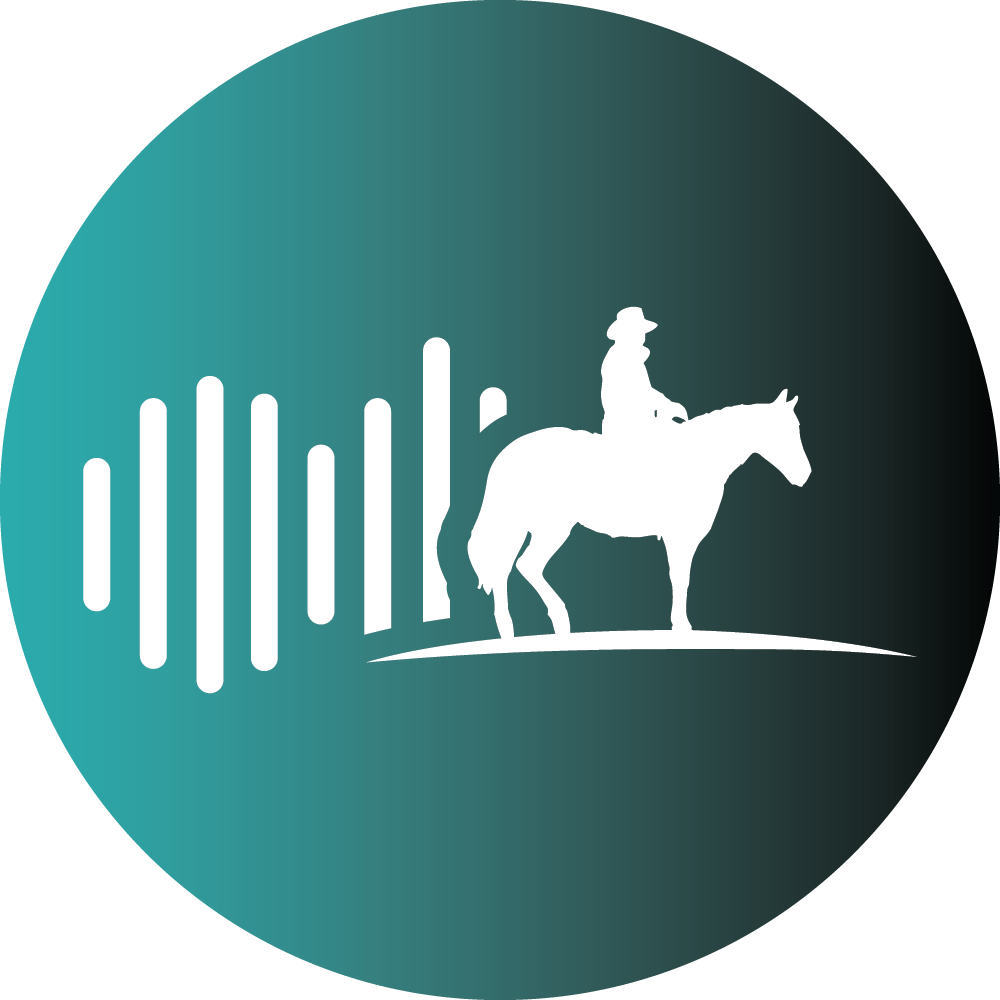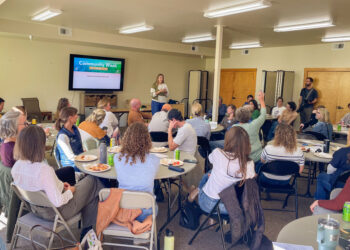Resort Tax awards $24K microgrant toward the $100,000 project
By Jack Reaney SENIOR EDITOR
A project to improve non-vehicle connectivity between neighborhoods, activity centers and trailheads earned $24,650 from the Big Sky Resort Area District on Aug. 13.
The microgrant funding will go towards a $100,000 implementation study, to be commissioned by the Big Sky Transportation District—BSTD is best known as the operator of Skyline Bus—in collaboration with the Big Sky Trails, Recreation and Parks District.
“Our goal is to try to figure out alternative ways for people to get around, so they don’t have to get in their car,” said Bayard Dominick, BSTD board member and chair of a committee focused on active transportation that emerged from destination management workshops more than two years ago.
The committee aims to create an “active transportation plan” to improve non-vehicular—walking and running, biking, rolling, perhaps pogo stick bouncing—routes to reduce car and truck traffic, and enhance Big Sky’s livability.
During the destination management workshops hosted by Visit Big Sky and the Big Sky Chamber of Commerce, “Alternative transportation came up in almost every topic of conversation, whether it was culture and arts, or sustainability, it was a repeat topic in every one of our public engagements,” Dominick told the BSRAD board on Aug. 13.
Active transportation became one of six topics assigned a follow-up committee, led by Dominick and representatives from the Big Sky Community Organization, Southwest Montana Mountain Bike Association, TerraFlow Trail Systems, Big Sky Resort, Big Sky Owners Association, Lone Mountain Land Company and small HOAs.
The committee decided to bring in the experts, sending an RFP to four transportation consulting firms. Two responded with bids around $100,000, and after an interview, the district selected Alta Planning and Design, a firm with prior experience on BSCO’s master trails plan in 2019.
“The plan will be world-class, informed by models such as Amsterdam and Bend, Oregon,” BSTD’s application for BSRAD funds stated. “Ideally, it will incorporate recreation trails and paths designed for foot, bike and wheelchair transport, ensuring a holistic approach to the entire mobility system.”
Lacking funding, the BSTD committee applied for two grants: one from the Montana Department of Transportation through its Transportation Alternatives Program, and another from Montana State University’s Western Transportation Institute through the federal Safe Streets and Roads For All program.
Both grants require matching funds from an authority such as BSRAD, according to BSRAD microgrant application documents.
The BSRAD board quickly moved and voted to approve the microgrant request unanimously.
Based on a contingency of the grant’s approval, if the project receives a grant from MDT, BSRAD’s commitment would be nearly halved. However, the committee believes chances are “slim” given MDT’s $8.4 million budget with more than $20 million in requests, documents show.
“We’re very proud to be a part of this ask,” said Darren Brugmann, executive director of the Big Sky transportation district. “And very thankful for you all to provide this opportunity.”
Holly Coltea, new executive director for BSOA, voiced public comment in support of the project at the BSRAD board meeting. She said one of the immediate tasks in her first month on the job has been reading through responses to the BSOA member survey, and transportation is a top priority.
“Both traffic congestion and active transportation,” Coltea said. “This grant and this application came across my desk—I am thrilled to support it. I think it is such a need for our community. We have actually formed a transportation committee ourselves… I am in full support and really excited to partner with you guys as BSOA.”
The committee expects to hear back on both larger grant applications by late September or early October.














